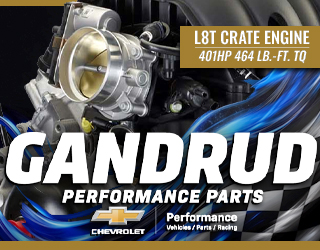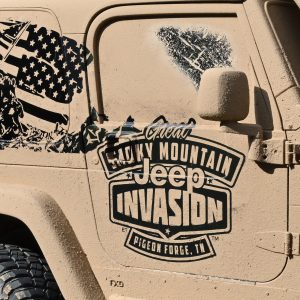Chevrolet

Just about any gearhead would be thrilled by the opportunity to work with legendary automotive collector and all-around funny guy Jay Leno. Dave Killackey, owner of Performance Transmissions in Azusa, California, not only had the opportunity to work on a number of Leno’s projects, but along the way he’s developed a friendship with the late-night TV host. It’s a close enough friendship that Leno teamed with automotive designer Chip Foose and his “Overhaulin’” TV show to completely transform his rusted-out ’56 Chevrolet Nomad. So yes, you did read this correctly; Dave Killackey is indeed one of the luckiest car guys on the planet—he’s friends with Jay Leno, and he owns a ’56 Nomad that has been overhauled by Chip Foose and the rest of his team.

Low in its architecture and functionally beautiful, the LS2 engine is an ideal replacement for a previous generation of Chevy powerplants. It offers good
performance, greatly improved economy and plenty of support from an industry leaders.
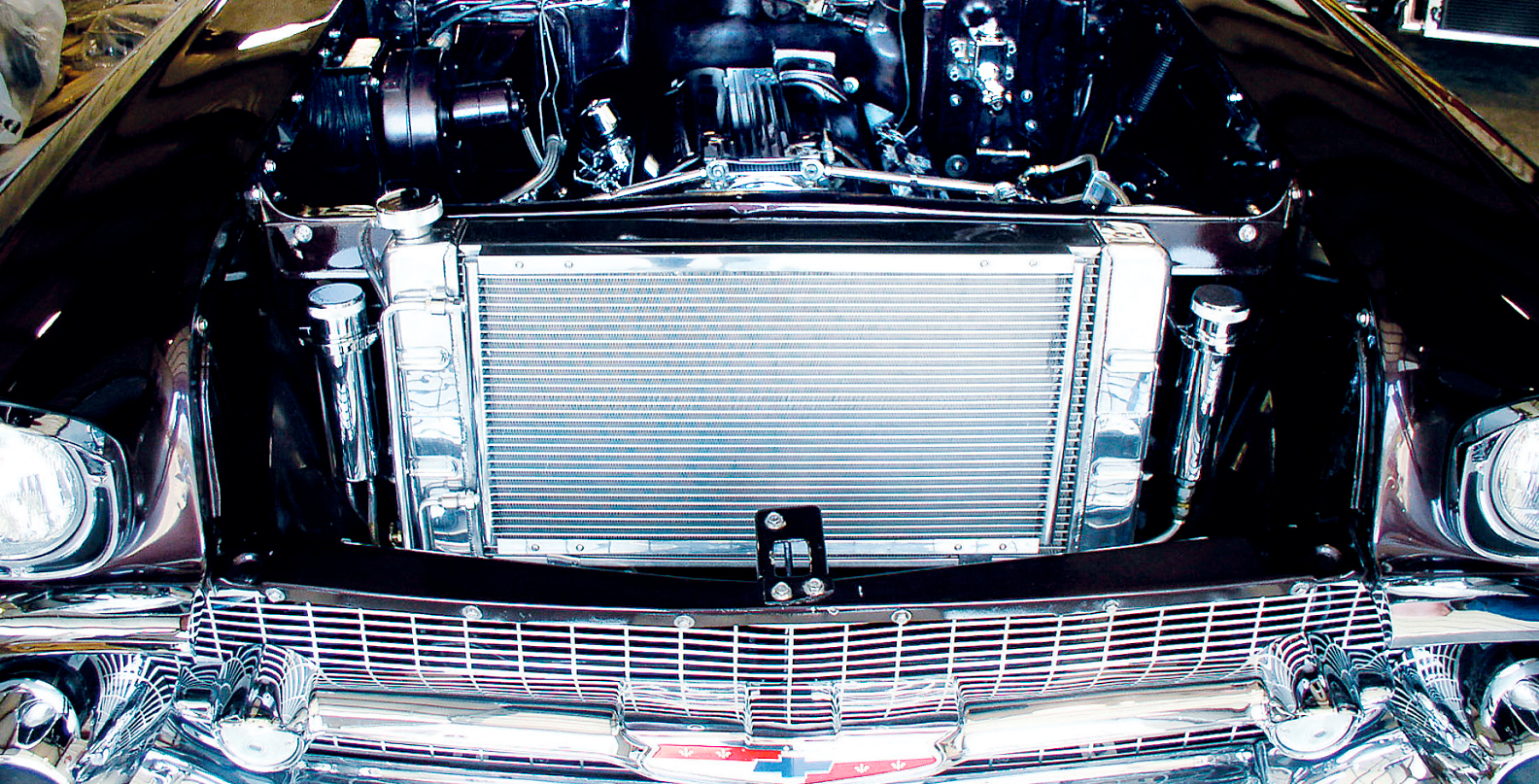
In 1999, Stotts decided to replace the carbureted 350, which was installed in 1991, with a Corvette TPI motor. Stotts wanted to bring the car into the new millennium with style, adding the extra convenience of electronic fuel injection. A resident of Mena, Arkansas, Stotts visited nearby Street & Performance to get started on his project. The S&P guys are well-known for being wizards when it comes to figuring out how to stuff an EFI motor in an older car and actually making it work.

Bob Gruitch just thought his car was not performing up to his expectations. A ’55 Chevy equipped with a 502 big block, square port heads and a Crane H296-2 camshaft should be more than enough power. But it lacked power and didn’t idle all that well, especially in gear. This shouldn’t be happening with an engine built by John Gianoli at Reggie Jackson’s High Performance Engine Shop, so Gruitch figured he had something wrong and brought the car to John Bishop’s Hot Rod Tuning Service to have it checked. He’s lucky that he did.

When GM introduced the Gen III small block in the F-body, it rekindled a dying performance flame with its new-generation small block. While the Gen I small block actually kick-started the hobby and got it into gear, it’s the latest family of small-block engines that has grabbed the attention of enthusiasts everywhere—and for good reason.
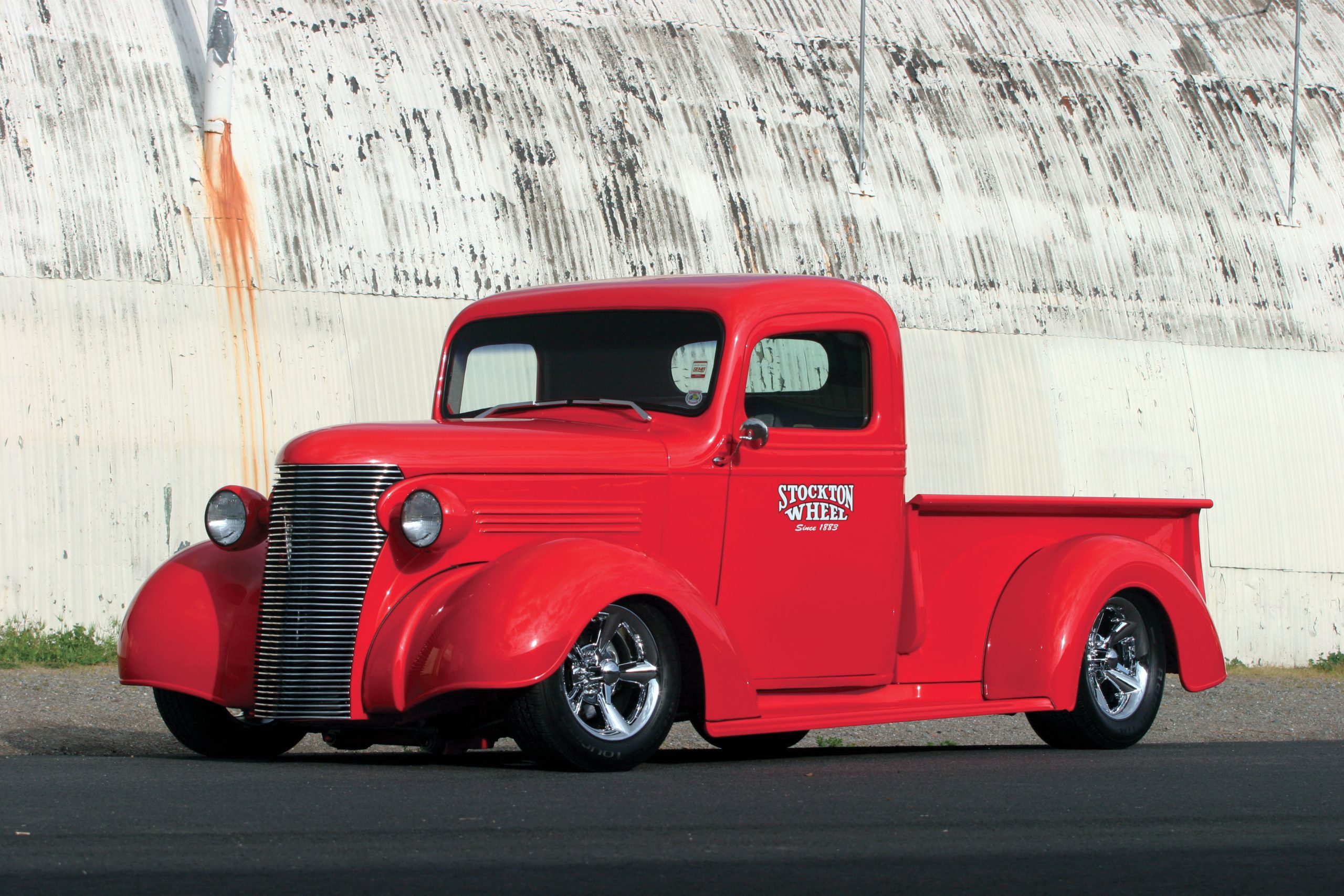
It is very apparent that when Frank Mauro wants something, he has the patience to wait for it. Take this ‘38 Chevy pickup, for example. Mauro had seen it in a storage yard for many years, but couldn’t convince the owner to sell it to him. It seems that the previous owner had a handle on patience himself, as the truck had actually been sitting for 25 years.
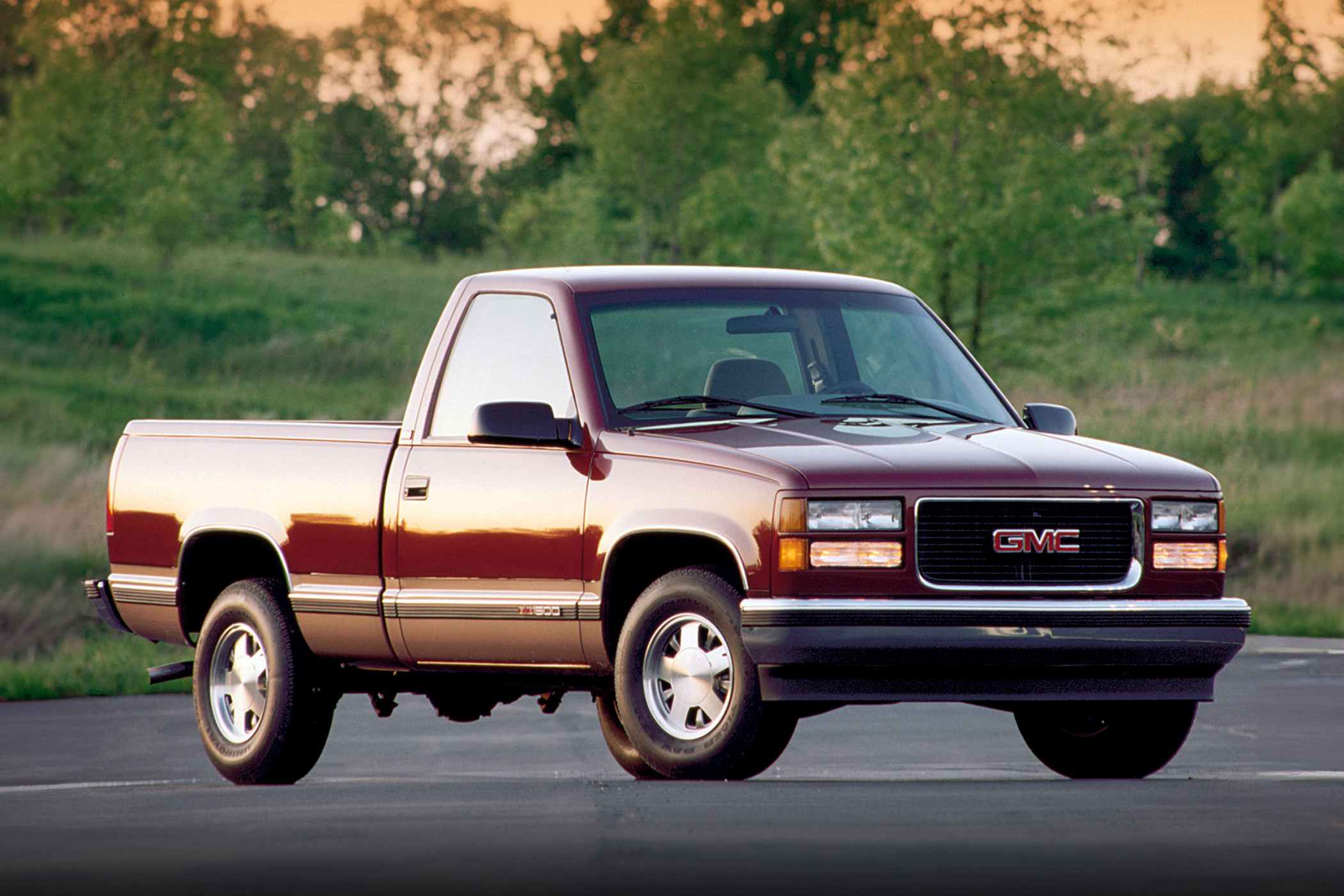
If you’re looking to take your 1988-1998 Chevy/GMC C1500 truck’s steering to the next level, you need to check out the Flaming River Power Rack and Pinion Cradle Kit for 88-98 Chevy/GMC 1500 series pickups. This power rack and pinion cradle kit is a total game-changer, designed for a direct bolt-in installation. Ditch that outdated steering and get ready for the precision and modern handling you’ve been dreaming of.
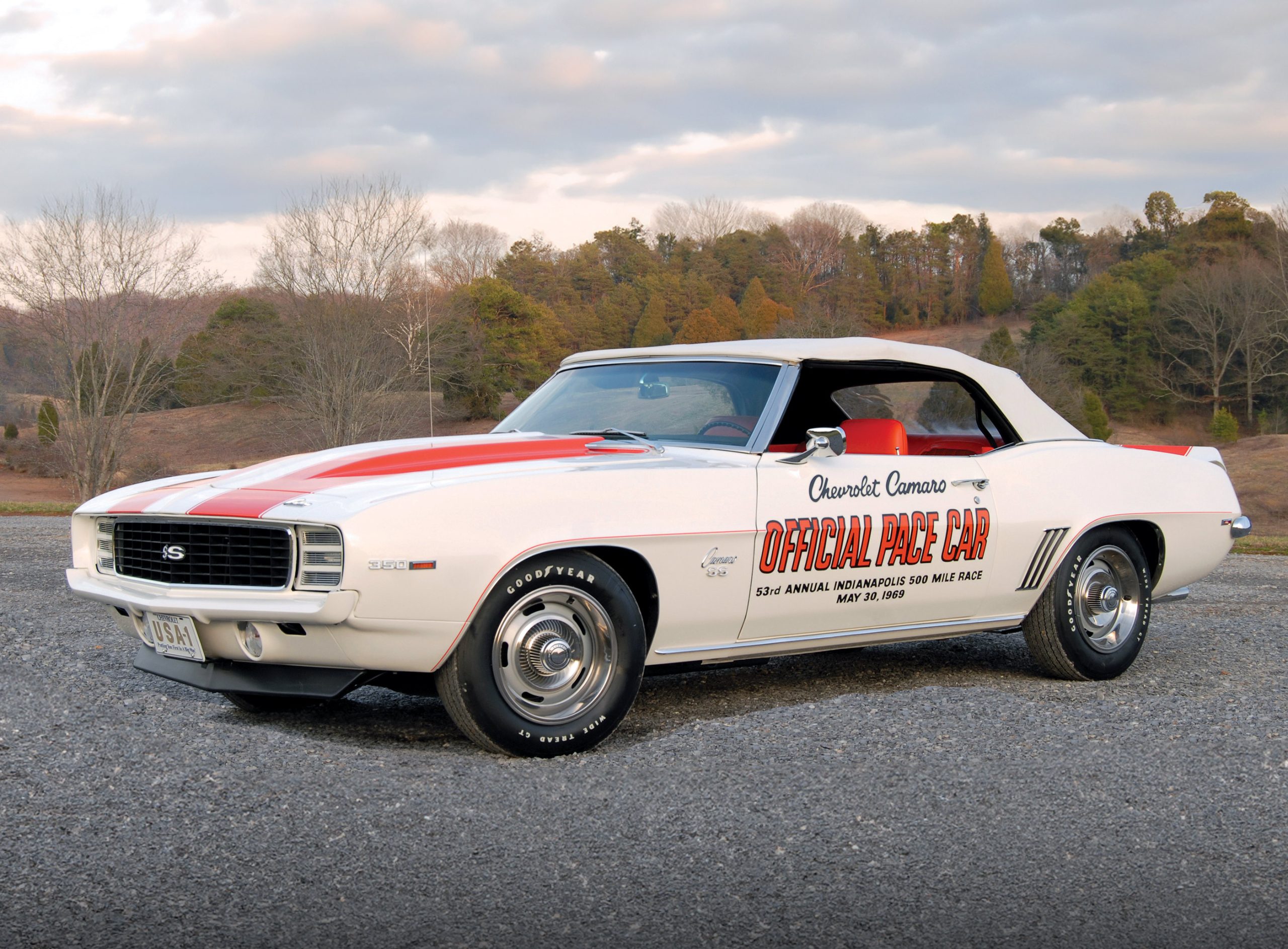
As recognizable as the first-generation Camaro coupes and convertibles are, distinguishing a ’67, ’68 or even the extremely popular ’69 can be difficult for the uninformed. This can be especially true when considering the number of available options, including hoods, SS and RS option combinations and custom body modifications. However, making an accurate and quick identification of a potential project car, as well as tracking its history, options and drivetrain, is simple if you’re armed with the correct information and tools.

In much the same way that one person prefers chocolate and another vanilla, chicken over steak, college ball versus pro ball, Chevy enthusiasts tend to lean toward particular vintages, models, powertrains and other special Bow Tie features, which may be nothing more than a vehicle loaded with unusual options that make that car more unique, and valuable, than the next. Our love for such things is generally based upon a range of influencing factors.

The Action Line C10 series, produced from 1967 to 1972, is one of the most popular of the classic era of Chevy trucks. They have been transformed into every form imaginable, from sweet shop trucks to double-throwdown showstoppers, from strip-burning quarter-pounders to boulder-flattening off-roaders, and certainly everything in between. We’ll long remember the days when a black ’70 stepside would pass you on the street, dumped low in the front with Americans all around, running fat rubber out back and sweet-sounding exhaust dumping out in front of the rear wheels. You just knew that guy had something trick in the garage at home, too.








